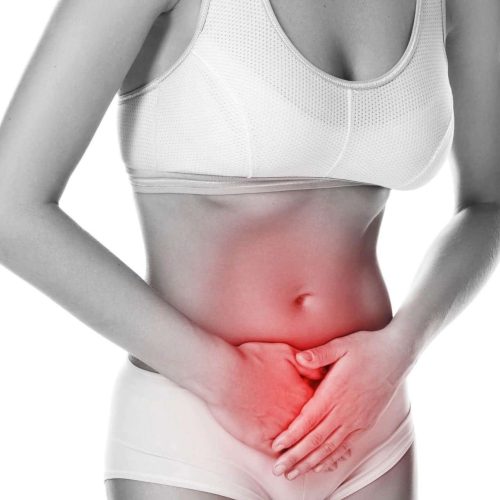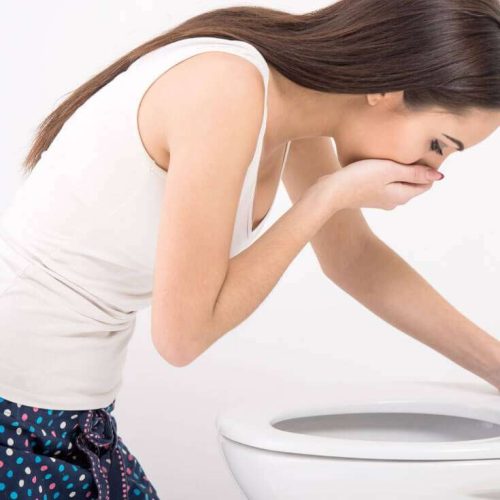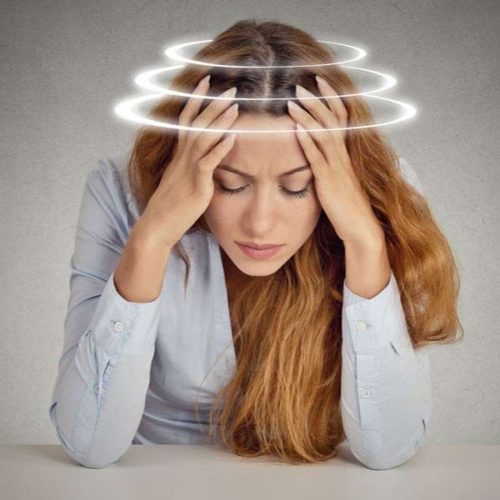The discomfort commonly called ‘monthly pains,’ or dysmenorrhea, affects many women to varying degrees of pain. These cramps mainly present themselves before or during the menstrual period and thus often interfere with normal functioning. By gaining knowledge of the discomfort experienced and ways to overcome it, can assist in eradicating discomfort during the menstrual cycle.
Menstrual Cramps Symptoms
1). Lower Abdominal Pain
Description- The most well-defined sign or indicator, which can be described to be dull, throbbing, or cramped pain.
Location- The most common form is localized in the lower abdomen but may also cover the lower back & inner thighs.
Duration- Cramping can occur before the onset of menstruation and may persist for 1-2 days during the cycle while it may be during the menstrual period.

2). Nausea and Vomiting

Description- It is a sensation that may cause nausea and could lead to vomiting sometimes.
Cause- It is perhaps due to prostaglandins which are released during labor and that may have an impact on the digestive system.
3). Headaches
Description- It may be due to congestion of blood vessels in the head, tension headaches, or migraines that may be set off by hormonal changes associated with the menstrual cycle.
Severity- Very often ranges from moderate to serious and affects activity.

4). Digestive Issues

Diarrhea- Defecation more often than usual or stools are loose in form, and have less formed texture.
Constipation- This is experienced when there is a problem in passing stools leading to a feeling of pain.
Cause- It is also reported that prostaglandins can impact the gastrointestinal region and hence, cause these symptoms.
5). Fatigue
Description- A feeling of exhaustion, or a state of apathy towards life or experiences.
Impact- may also help one accomplish routine activities throughout the day and may decrease effectiveness as a whole.

6). Dizziness

Description- Dizziness or lightheadedness, is a term used to describe the feeling of being lightheaded and almost fainting.
Cause- They may be associated with pain, bleeding, or hormonal changes, and are frequently cited with the intensity of pain, and magnitude of blood loss.
7). Sweating
Description- Night sweating occurs and is ramped up during the night time and can be associated with other symptoms like fever or chills.
Cause- It may be a result of injury or changes in levels of certain hormones.

8). Bloating

Description- Swelling and bloated sensations in the belly, which are signs of edema.
Cause- Postpartum feelings of bloating and fluctuations in hormones might also be responsible for this sensation.
9). Mood Swing
Description- The other day, I observed that during her daughter’s birthday celebration, the mother was easily irritable, anxious, sad, or moody; interchanging her emotions repeatedly.
Cause- Biological factors: Hormonal changes may cause these neurotransmitters in the brain to be upset and result in these moods.

10). Tender Breasts

Description- They may feel tender or sensitive in certain areas – overall or in specific areas such as below the armpits and nipples, they may feel lumpy or thickened.
Timing- It is usually experienced before the menses and sometimes it can proceed to the menses period.
Effective Management Strategies
Over-the-Counter Pain Relief- Nonsteroidal Anti-Inflammatory Drugs (NSAIDs) and anti-inflammatory painkillers such as ibuprofen or naproxen are prescribed to relieve pain and swelling.
Acetaminophen- It can be useful for this too, but this drug does not possess anti-inflammatory properties.
Hydration and Diet-Hydration- One of the ways that will help to avoid bloating is to take considerable amounts of water as it may reduce the chances of bloating.
Diet- A healthy diet that includes taking balanced foods with plenty of fruits, vegetables, and whole grains in our diet can help in the physical well-being and also the decrease in symptoms.
Exercise- Light to Moderate Exercise: It becomes easier for people to move their limbs, walk, swim, or even practice yoga to enhance blood circulation around the affected area to ease the pain.
Relaxation Techniques- Meditation and Deep Breathing May be used to manage stress and decrease the frequency of the pain.
Massage Even applying gentle pressure on the abdominal area could reduce the discomfort associated with the feeling of ‘being bloated’.
Heat Therapy- Heating Pads or Warm Baths: Heating of the lower abdomen may also be very helpful in relaxing muscles down there as well as in helping those experiencing pain down there.
When to See a Doctor– In case of apex symptoms, chronic symptoms, and /or ameliorative quality of life symptoms, it is recommended to consult a physician. Secondary dysmenorrhea due to endometriosis or fibroids may result in markedly painful menstruations and may need complete intervention by your doctor.
Conclusion
Understanding the symptoms of menstrual cramps and exploring various solutions can significantly improve menstrual health and overall well-being. From over-the-counter pain relief to lifestyle changes and medical consultation, effective management strategies are available. Taking proactive steps to address menstrual cramps can lead to a more comfortable and manageable menstrual cycle, enhancing daily life and productivity.
Menstrual Cramps Symptoms (FAQ)
Menstrual cramps usually begin 1-3 days before menstruation starts and can last for 2-3 days during the menstrual period.
Natural remedies include herbal teas (such as chamomile or ginger), essential oils for massage (like lavender or peppermint), and acupuncture. Always consult with a healthcare provider before starting any new treatment.
Yes, hormonal fluctuations during the menstrual cycle can trigger tension headaches or migraines.
Yes, a balanced diet rich in fruits, vegetables, and whole grains can improve overall health and reduce symptoms. Staying hydrated also helps reduce bloating.
Yes, nausea is a common symptom due to the release of prostaglandins, which can affect the digestive system.

